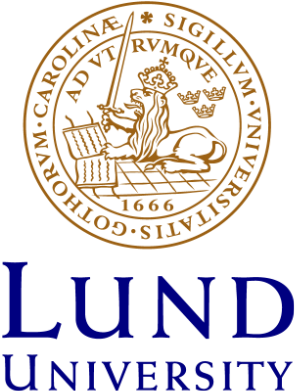Control System Synthesis - Robust control - PhD Class - Fall 2020
Control System Synthesis - Robust control - PhD Class - Fall 2020 Control System Synthesis - Robust control PHD CLASS - FALL 2020 Uncertainty and robustness Where does uncertainty come from? Modelling uncertainty Robustness Small gain theorem Robust stability Robust performance Robust synthesis H∞ -synthesis H∞ -Loopshaping synthesis µ-analysis and synthesis 1 Introduction 2 Fundamentals 3 Design
